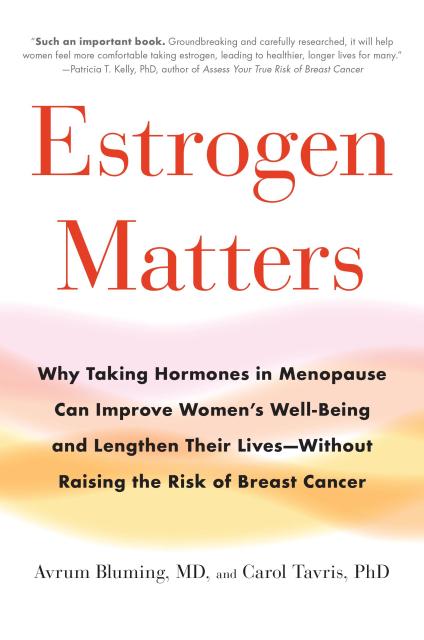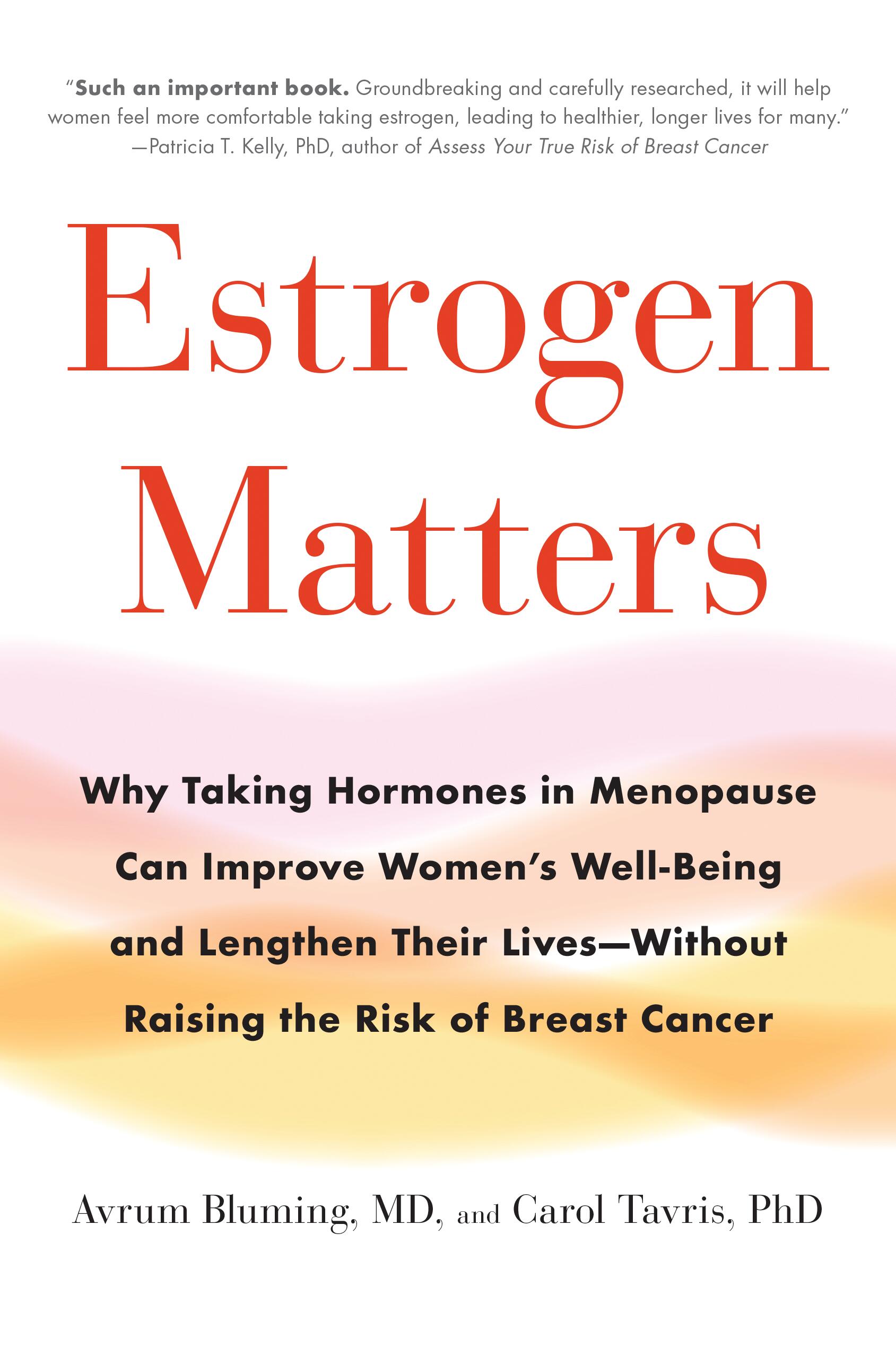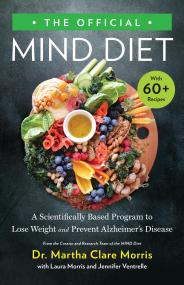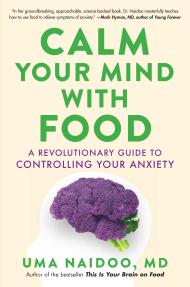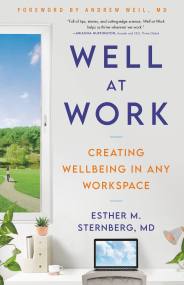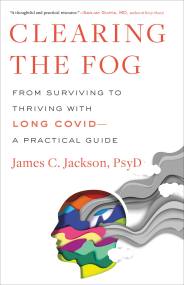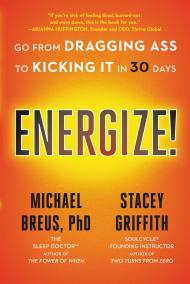Promotion
Use code MOM24 for 20% off site wide + free shipping over $45
Estrogen Matters
Why Taking Hormones in Menopause Can Improve Women's Well-Being and Lengthen Their Lives -- Without Raising the Risk of Breast Cancer
Contributors
By Carol Tavris
Formats and Prices
Price
$13.99Price
$17.99 CADFormat
This item is a preorder. Your payment method will be charged immediately, and the product is expected to ship on or around September 4, 2018. This date is subject to change due to shipping delays beyond our control.
Also available from:
For years, hormone replacement therapy (HRT) was hailed as a miracle. Study after study showed that HRT, if initiated at the onset of menopause, could ease symptoms ranging from hot flashes to memory loss; reduce the risk of heart disease, Alzheimer’s, osteoporosis, and some cancers; and even extend a woman’s overall life expectancy. But when a large study by the Women’s Health Initiative announced results showing an uptick in breast cancer among women taking HRT, the winds shifted abruptly, and HRT, officially deemed a carcinogen, was abandoned.
Now, sixteen years after HRT was left for dead, Dr. Bluming, a medical oncologist, and Dr. Tavris, a social psychologist, track its strange history and present a compelling case for its resurrection. They investigate what led the public — and much of the medical establishment — to accept the Women’s Health Initiative’s often exaggerated claims, while also providing a fuller picture of the science that supports HRT.
A sobering and revelatory read, Estrogen Matters sets the record straight on this beneficial treatment and provides an empowering path to wellness for women everywhere.
Genre:
- On Sale
- Sep 4, 2018
- Page Count
- 320 pages
- Publisher
- Little Brown Spark
- ISBN-13
- 9780316481182
Newsletter Signup
By clicking ‘Sign Up,’ I acknowledge that I have read and agree to Hachette Book Group’s Privacy Policy and Terms of Use
